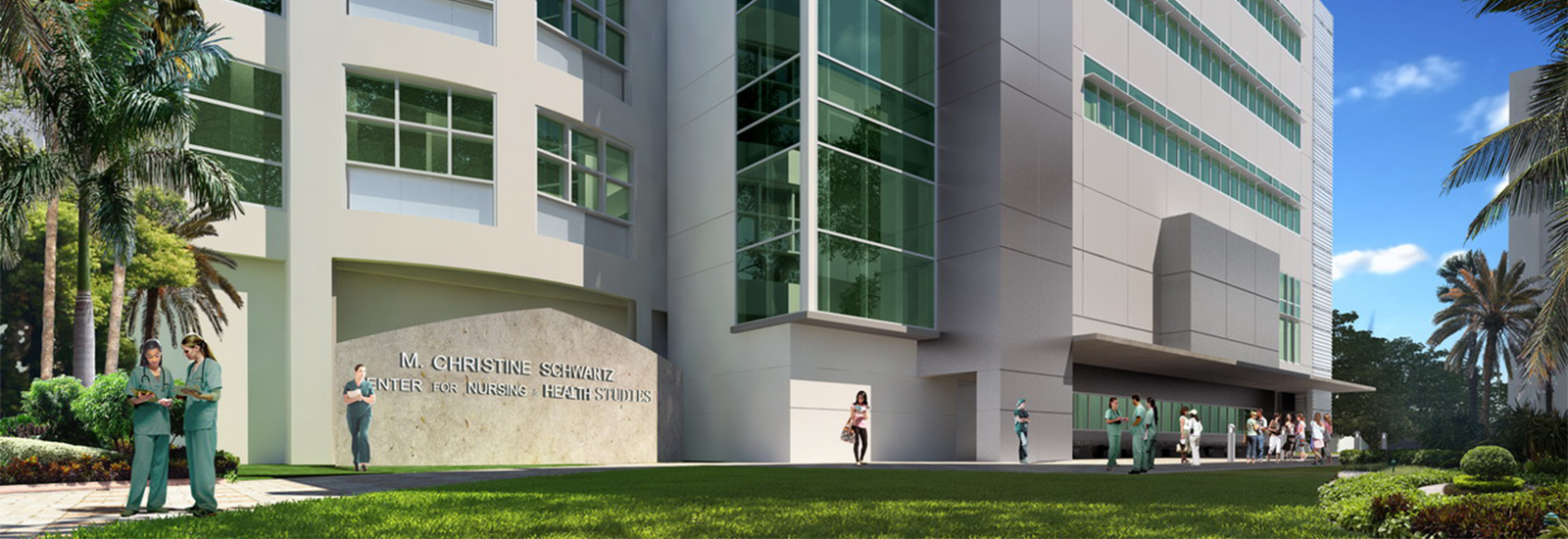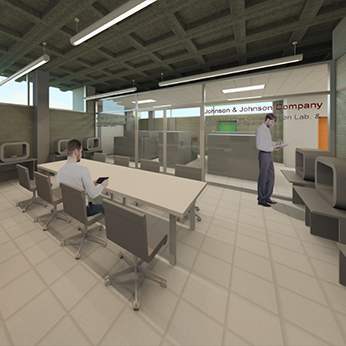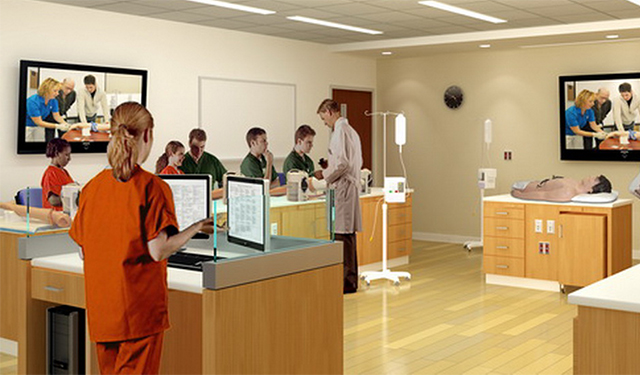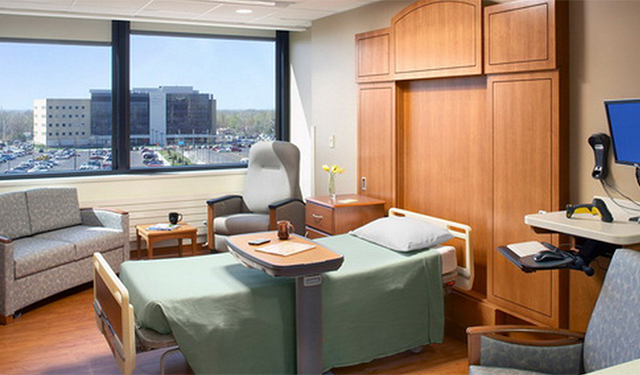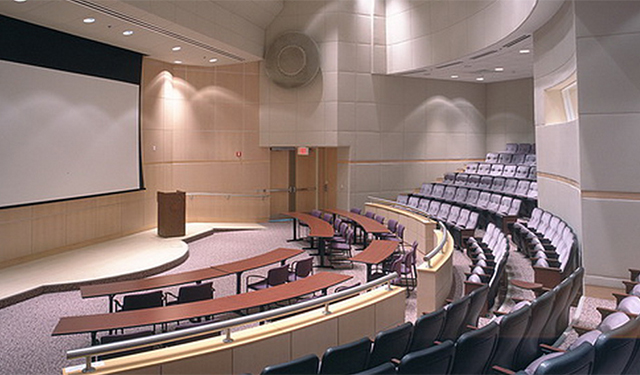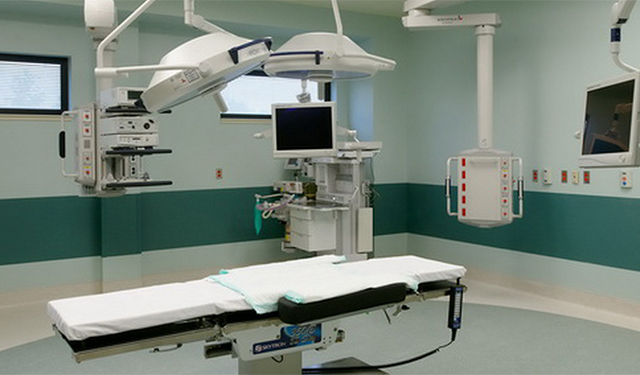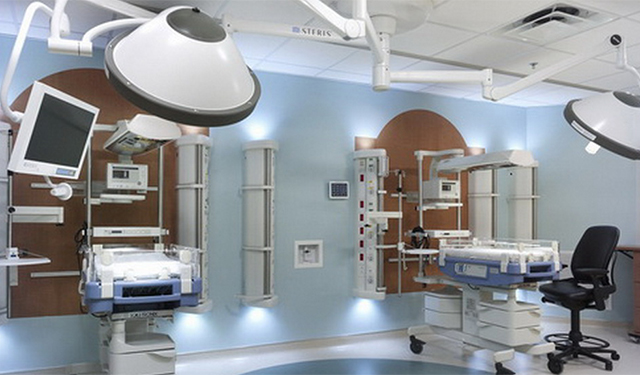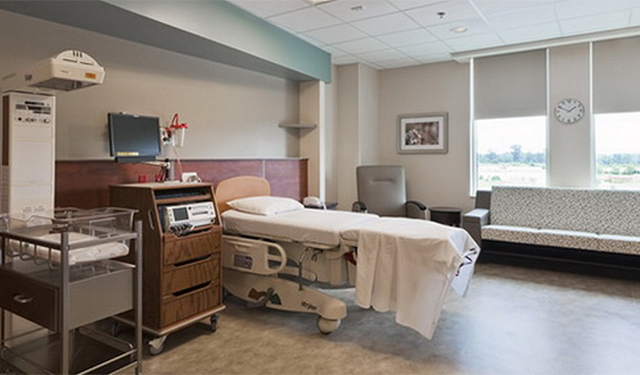For decades, nursing education has been dictated by the “see one, do one, teach one” approach, where nurses in training were expected to see a procedure, then perform and be responsible for it and even teach someone else how to do it.
“That’s not the best we can do,” said Nicole Crenshaw, assistant professor of clinical and program director of the SONHS acute care nurse practitioner program. “With the Simulation Hospital, we’re able to bring the students in, learn a procedure, practice the procedure over and over, ask questions so they have the ability to understand exactly how to do it and why they’re doing it a certain way, and, all the while, not placing the patient in harm’s way.”
The Simulation Hospital puts much more decision-making responsibility associated with learning in the students’ hands; instead of one-time watching and then one-time trying, they can practice repeatedly, ask questions and seek feedback—learning is more applied and more integrated.
By offering more real-life scenarios, the Simulation Hospital expands the scope of healthcare education, especially in terms of teamwork, which is essential to improving patient outcomes.
“We’ll be able to bring together other disciplines in respect to managing patient care—it may be pharmacology, physical therapy or respiratory therapy that can work together, almost in concert, to provide well-rounded care for the patients,” said Crenshaw, a nurse for 24 years.
Equipped with an emergency department, an outpatient clinic with six exam rooms, labor and delivery suites, four operating room suites, a critical care unit, video teleconferencing capabilities throughout, access to an electronic medical records database, and a Skills Resource Center that takes up the entire fifth floor, the Simulation Hospital offers a much broader opportunity to educate and to assess learning.
“We expect to teach teamwork skills and communication skills, in addition to how students medically manage patients,” added Crenshaw. “Students will be exposed to disease processes that they would see frequently in a clinical setting, but the beauty of simulation is that they are also exposed to processes that are very rare, and that can be manipulated in a simulated setting so that students can learn how to manage patients and disease processes that they don’t have a high chance of seeing but that are important to know.”
“We talk to students and tell them what to expect with a simulation environment. It relieves their anxiety and helps them understand that they are expected to make mistakes, that they are not harming anyone and they are really learning to make their practice better in a clinical setting,” said Crenshaw. “We make mistakes here so that we don’t make them in the real world.”



